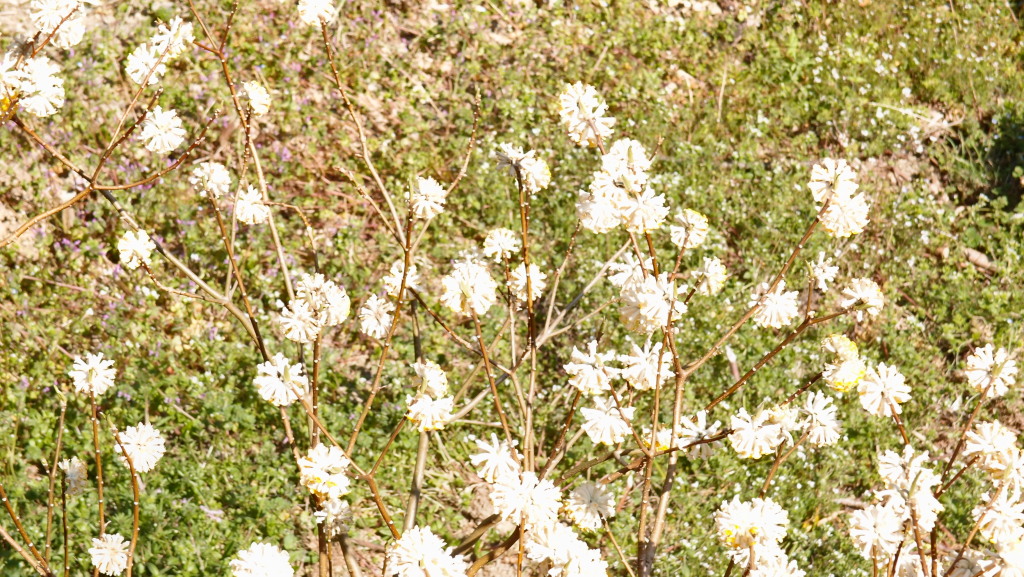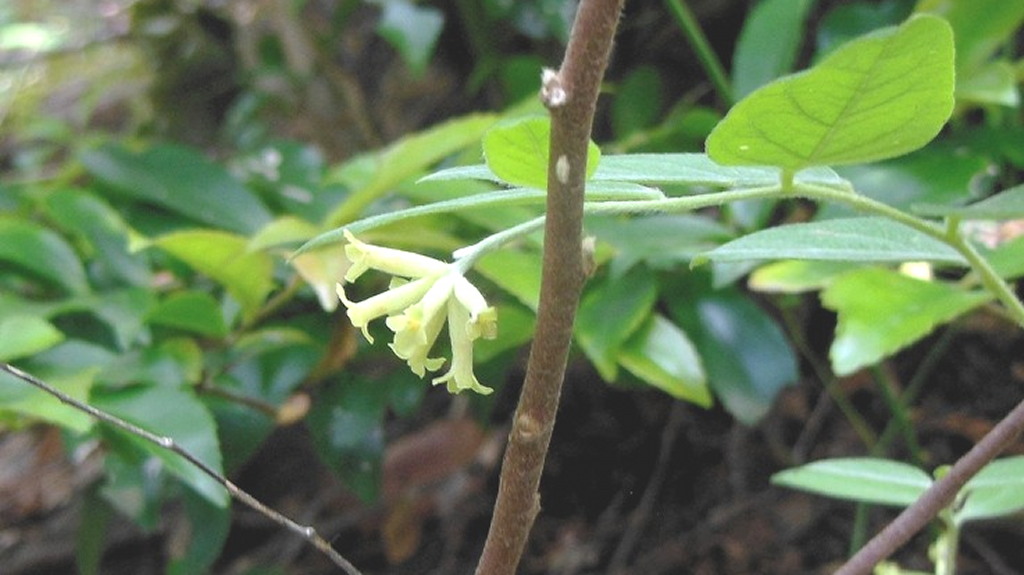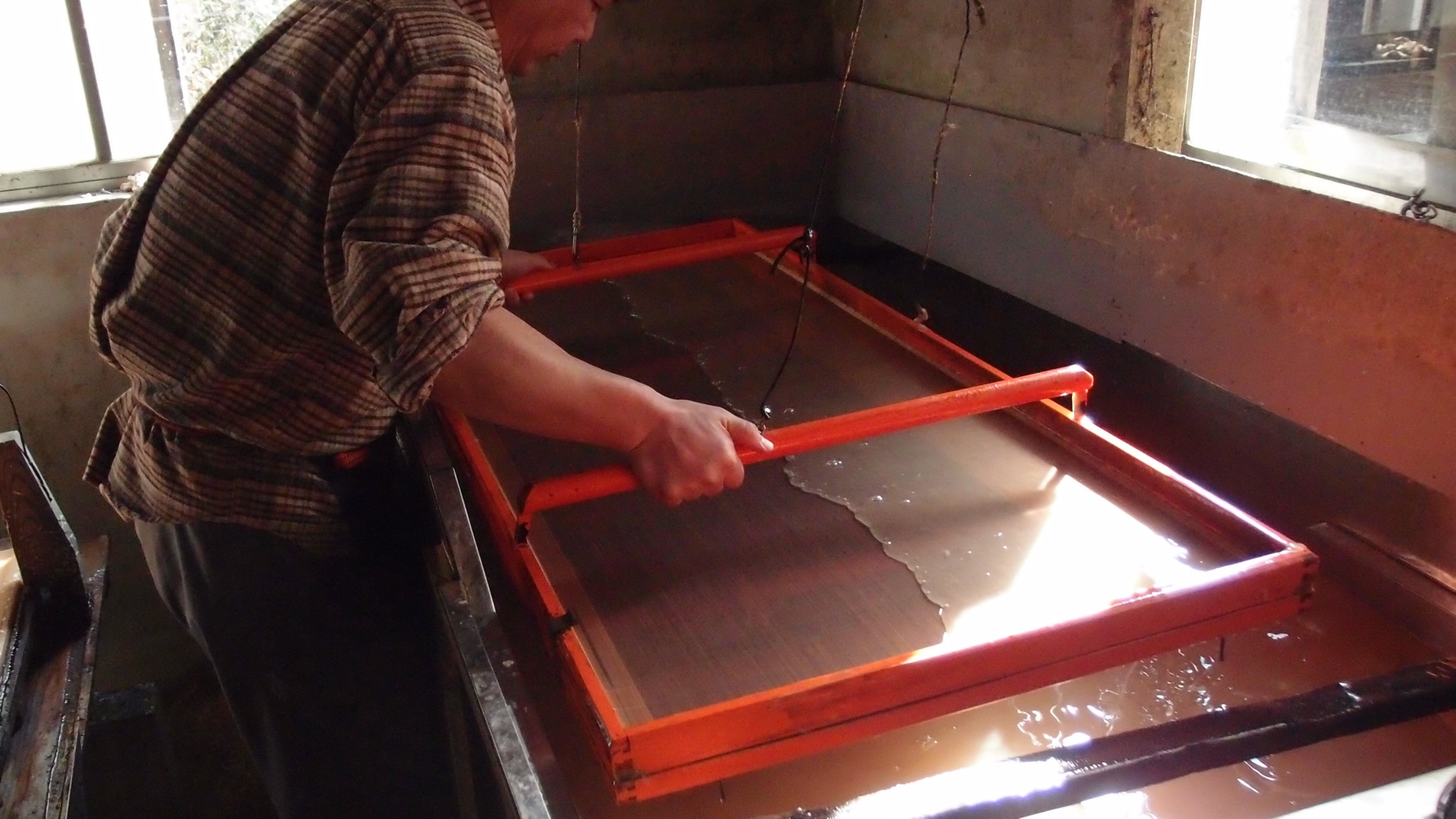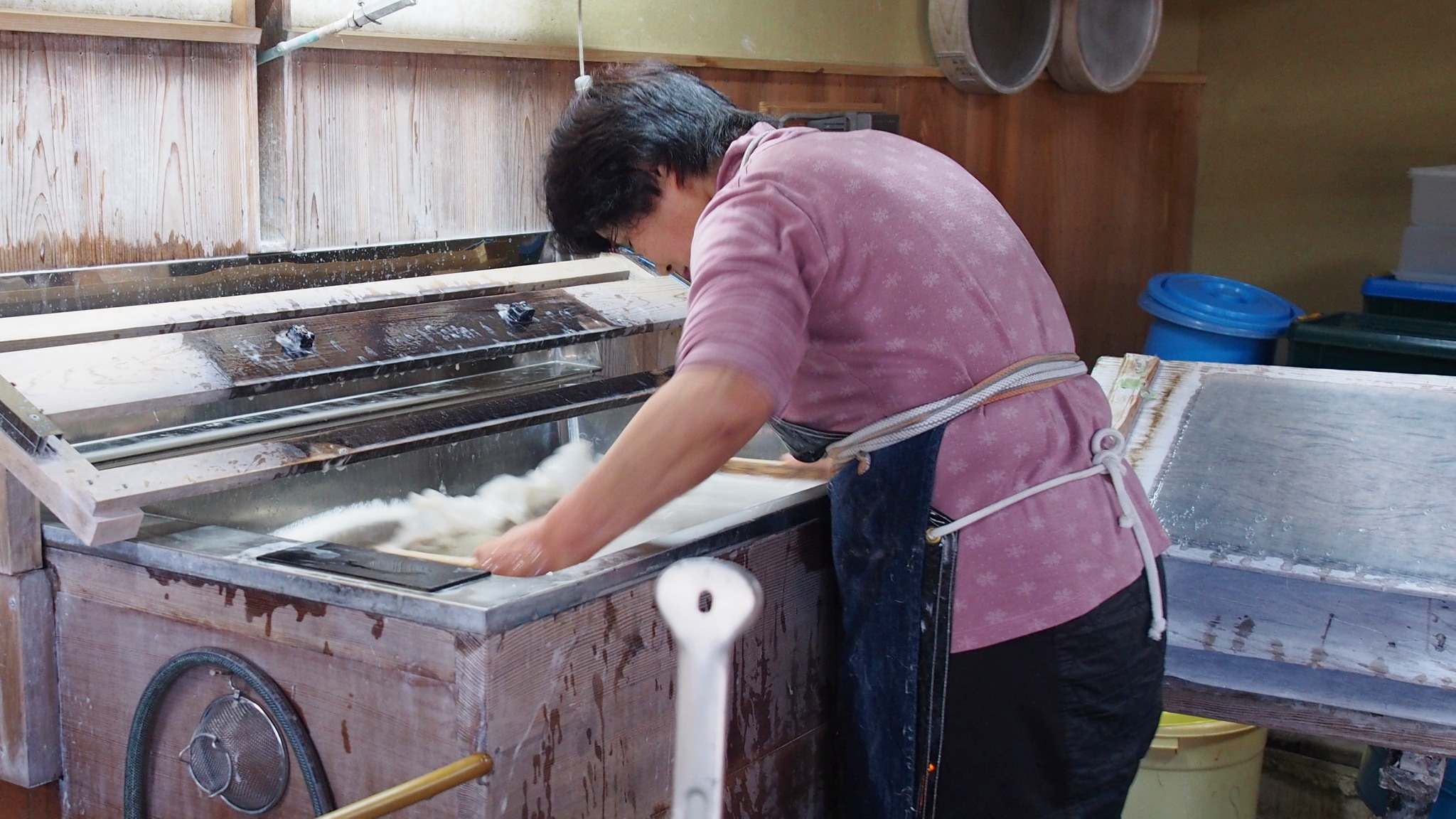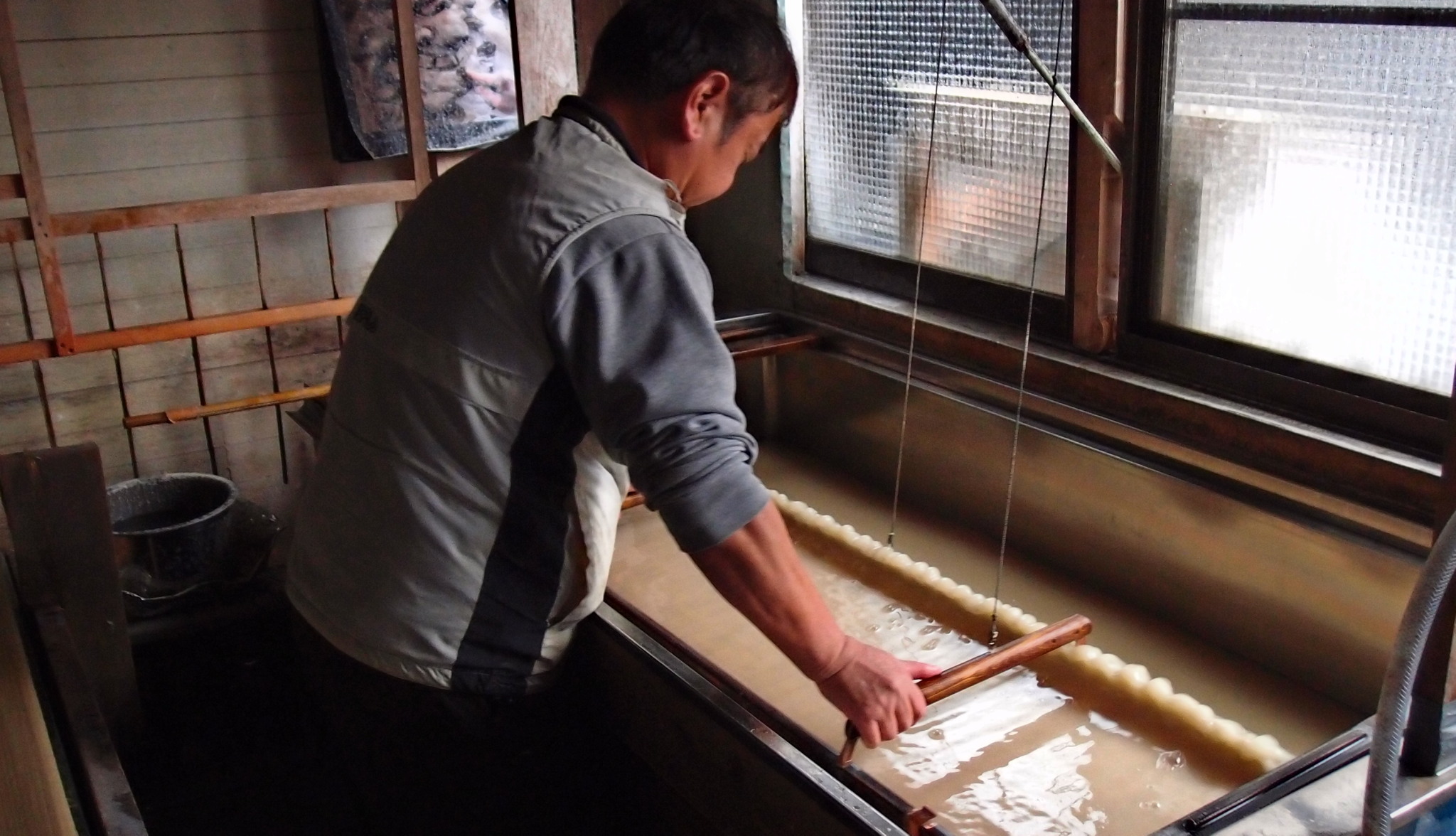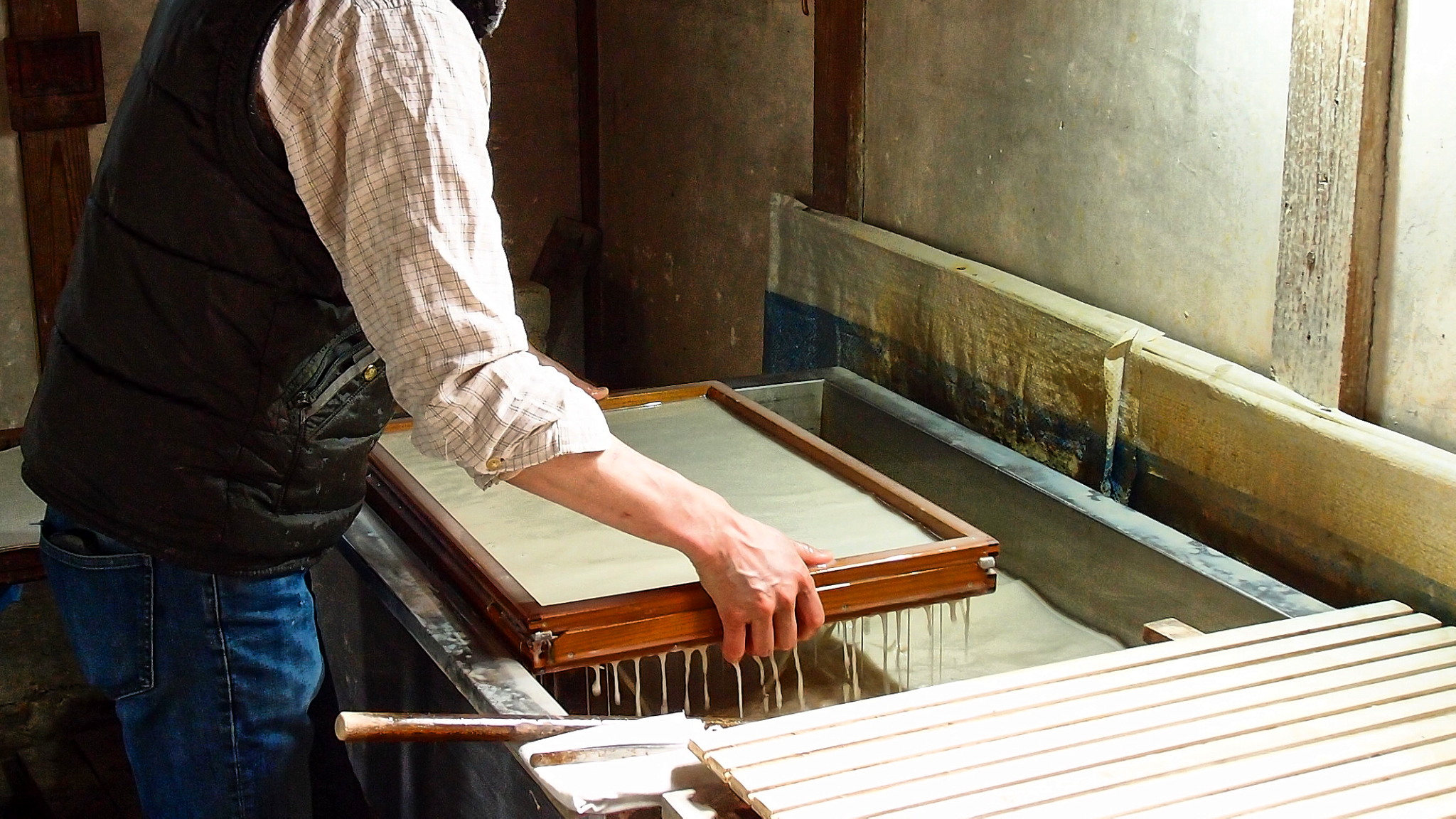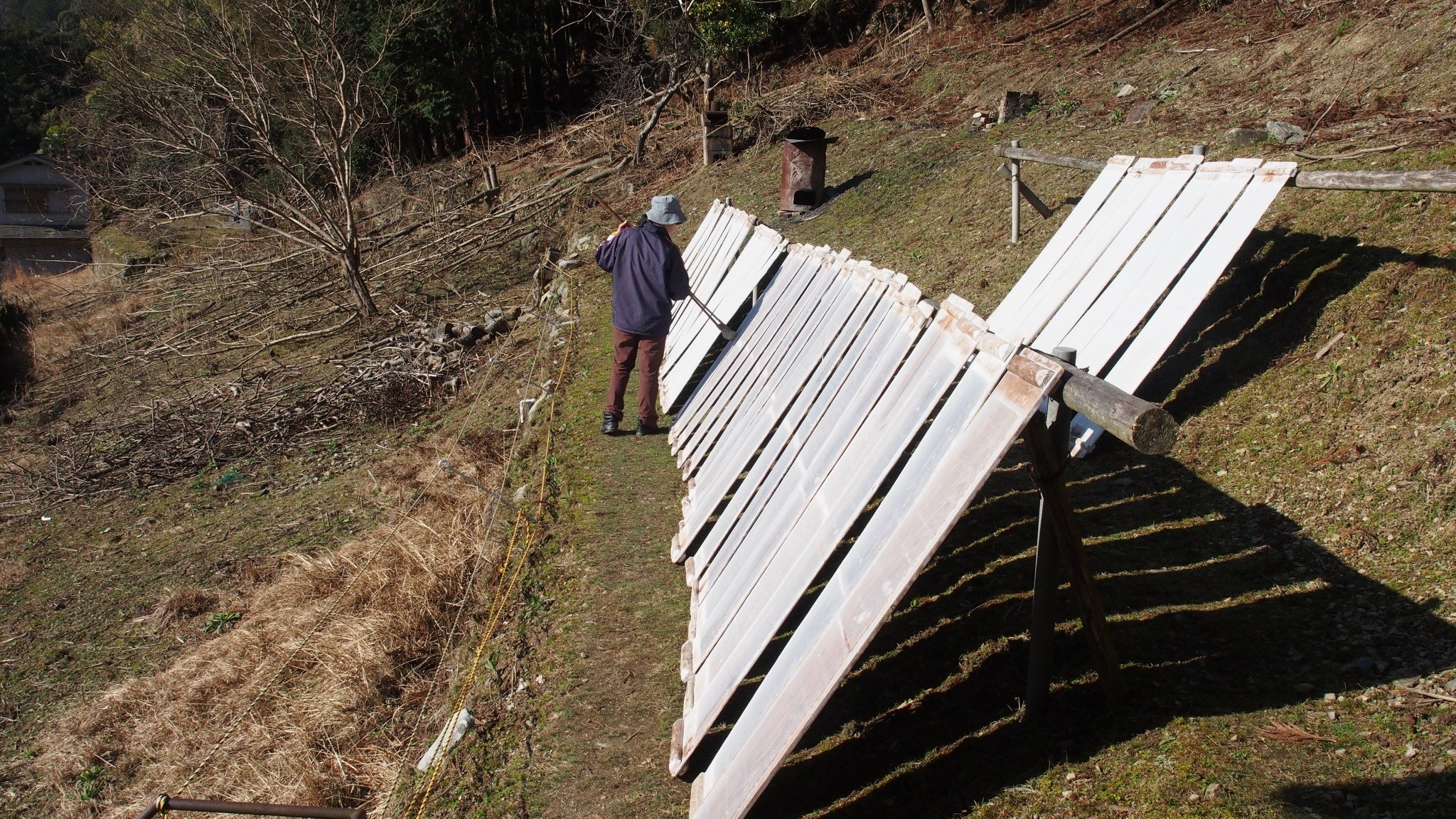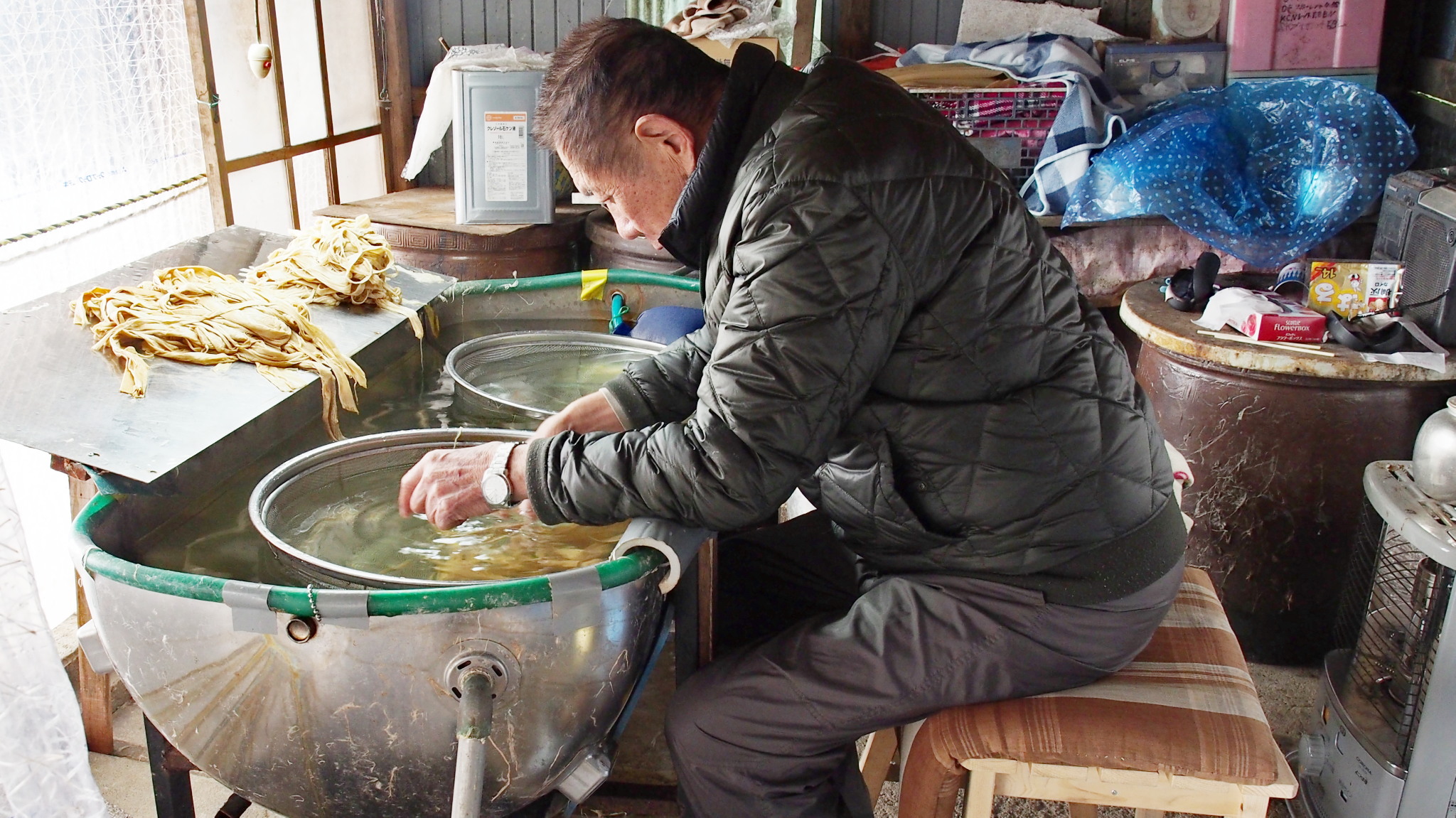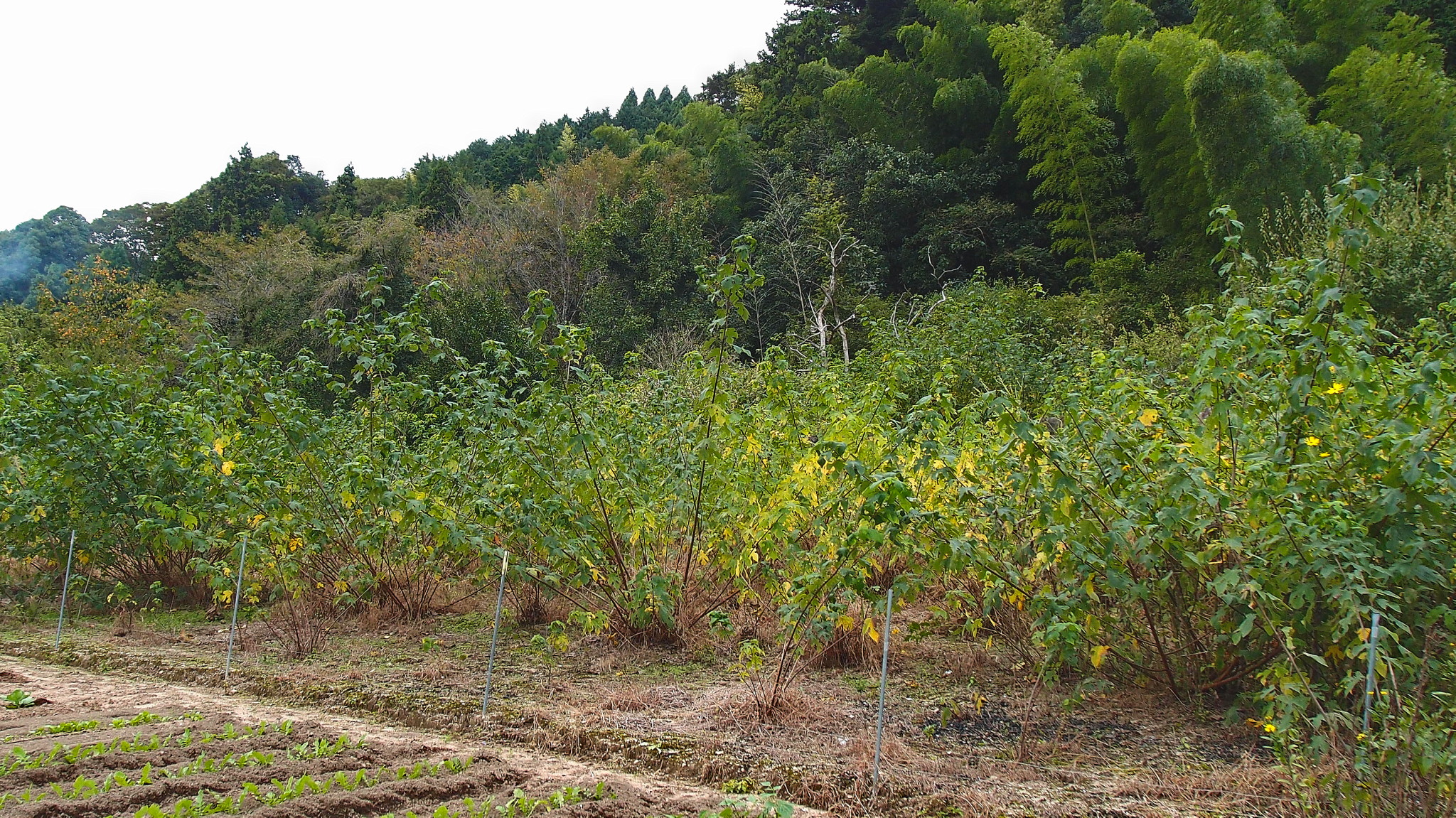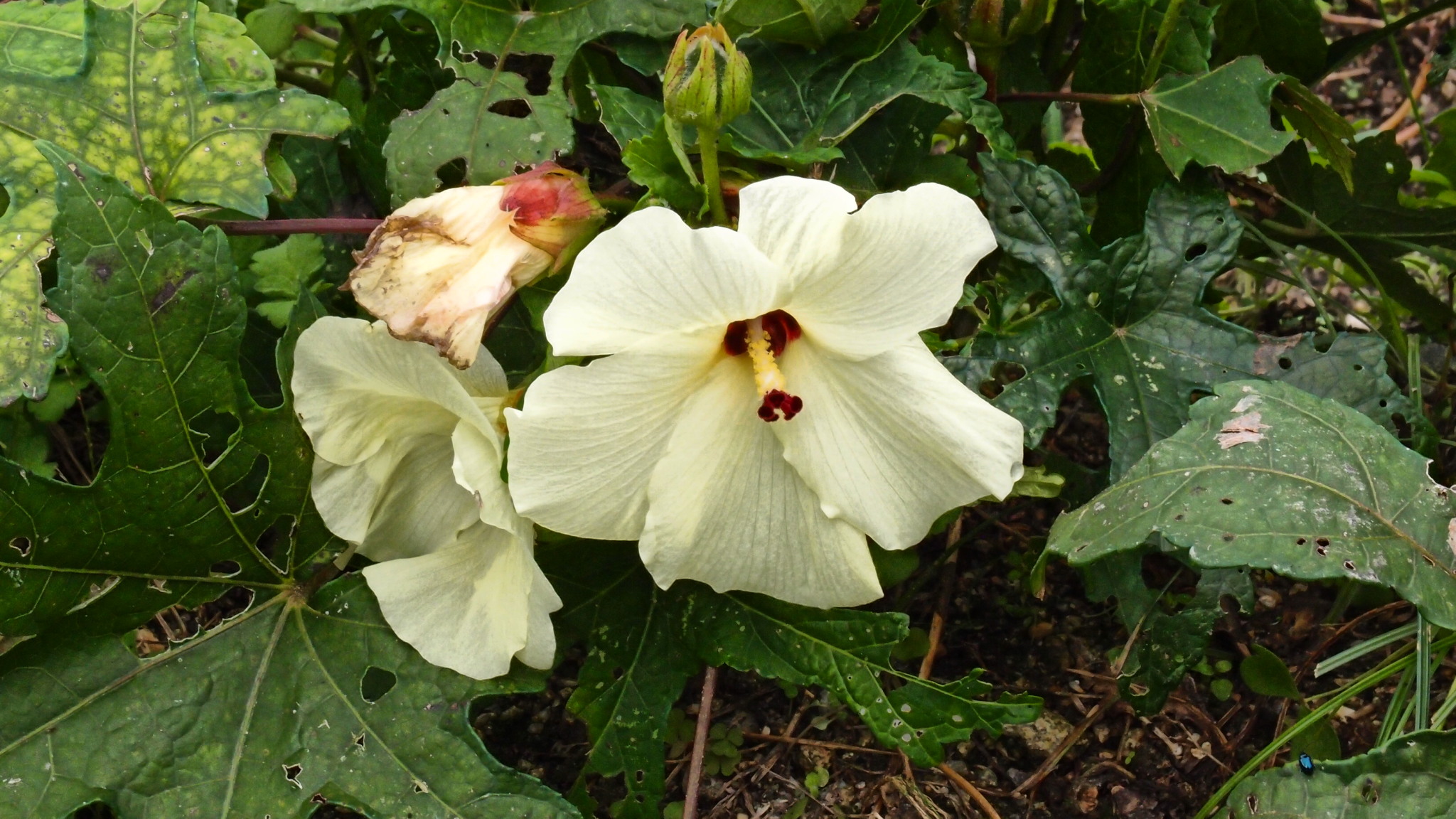Words for Washi (Knowledge Base)
Mitsumata belongs to the “Thymelaeaceae” of plants genus family, in the same group with Gampi. The name means “three-pronged”, because of its branch shape.The history as paper material is not very old, likely since around 1700. (There is also another academic report that Mitsumata had been mixed up with Gampi through the history.).In 1879, the Japanese National Printing Bureau decided to use Mitsumata for the banknote. After that, Mitsumata farming spread out all over Japan. In parallel, the material was started to use for various papers, especially calligraphy papers. It […]
Gampi is one of the original materials in Japan. The Gampi paper has been called “King of paper”. The oldest, dated on AD702, remaining paper in Japan was made from Gampi.The color is slightly brownish, if it’s not chemically bleached.The surface is slick and shiny, plus very strong. The fibre is much shorter than Kozo’s, roughly up to 3mm. This short fibre can be interlocked tightly, for making strong paper. Also, it has a strong resistance to damage of bugs.The plant can’t be cultivated on the farm. Some districts have […]
Nagashi-Zuki (流し漉き) is the most commonly-used method of Washi making. It was developed roughly 1,000 years ago. In this method, an artisan shakes the mould (sugeta) intensely. The manner of shaking horizontally and vertically depends on the kind of paper being made. This method is effective for making strong paper, as the fibers bind together tightly. An artisan can control the thickness easily with this method. The fibre solution in the vat is the water mixed with fibre and dispersant (Neri), which suspends and spreads the fibres evenly on the […]
Subuse is a special rare method of Washi making, inherited by only two workshops in Yoshino. The artisan scoops the fibre solution with the mould and shakes it, then immediately pastes it on a wooden board directly, skipping the paper layering phase. Because many boards are required, and carrying them outside takes much time, this method is at least a two-person job. Usually, the wife is the scooper and the husband is the carrier. So, they say, a Subuse family never has domestic fights. Good partnership is the essence for […]
Tome-Zuki is the hybrid method of Tame-zuki and Nagashi-zuki, so it is called also Tame-Nagashi-Zuki. ”Tome” means “Keeping” or “Stopping”. The artisan scoops the fibre solution from the vat, then shakes the mould and waits for a while until the material drains. The timing is not strictly defined, and only recognized by the artisans individually. Uda-gami of Yoshino is made using this method. Although this is not a widely-used method, some of the artisans use this method occasionally to suit a particular requirement. Related Topics
Tame-zuki(溜め漉き) is an old-style, slightly rare method of Washi making. It is similar to the papermaking methods used outside of Japan. “Tame” means “Collecting”, and in this case refers to the material, fibre solution. The artisan doesn’t intensely shake the mould (Sugeta). They just scoop the fibre solution from the vat and calmly wait for water to drain. This method is effective for a special paper that contains clay, because the method without well-shaking like this, it easily makes uneven and pin-hole. the clay works as the filler. Commonly, the scooped […]
In the past, artisans put Washi on wooden board for drying. This method was very much depending on weathers, and heavy tough work.Roughly since a hundred years ago, drying on the warmed metal panel has permeated in Japan, then it became quite popular nowadays.Though using the metal panel is convenient, drying on wooden board has meaningful effectiveness. That is less damage to the fibre. Drying on wooden board is harmonizing with the same speed of shrinkage with papers and excess water is absorbed. As a result, the fibre doesn’t break […]
Through the process of Washi making, artisans take most of the time, almost more than half, for speck removing. It is called “Chiri(塵=Speck/Dirt)-Tori(取り=Removing)”.Every artisan says “This is the most important process”. Not only to clean the material but also to understand the condition of the material. Even it is very patient work, they never cheat this work.Most of the cases, this work is done in the cold water. It is called “Mizu(水=Water)-Yori(選り=Picking/Choosing)”. In cold wintertime, it is the hardest work.Doing it on the board is another style, it is called […]
Kozo is a kind of mulberry species, botanical point of view it is hybrid of “Broussonetia kazinoki” and “Broussonetia papyrifera”. It is the most popular material, roughly more than 90% of Washi since 1000 years ago. Generally, there are six species as below, classified in two groups. Kozo’s fibre is shorter than Kaji’s. => Kozo : Aka(Red)-so, Ao(Green)-so => Kaji : Taori, Kuro(Black)-kaji, Taka(High)-kaji, Ma-kajiEven so, it is not strictly separately using. The place of the farm is more importantly recognized for its quality and characteristic. In Japan, north latitude […]
“Neri” is the function name, what is used for well-melt of fibre when for scooping. Sometimes it’s easily misunderstood, the Neri is not adhesive, it works as a dispersant. Neri is highly viscous, but no glueing. The artisan mixes fibre and Neri in the vat. For the moment of scooping, Neri keeps an average density of fibre. The scooped wet paper is laid over and over, but not bonded. After scooping, the overlapped hundreds of paper is pressed for dewatering. At this time, the ingredient of Neri is mostly discharged. […]

